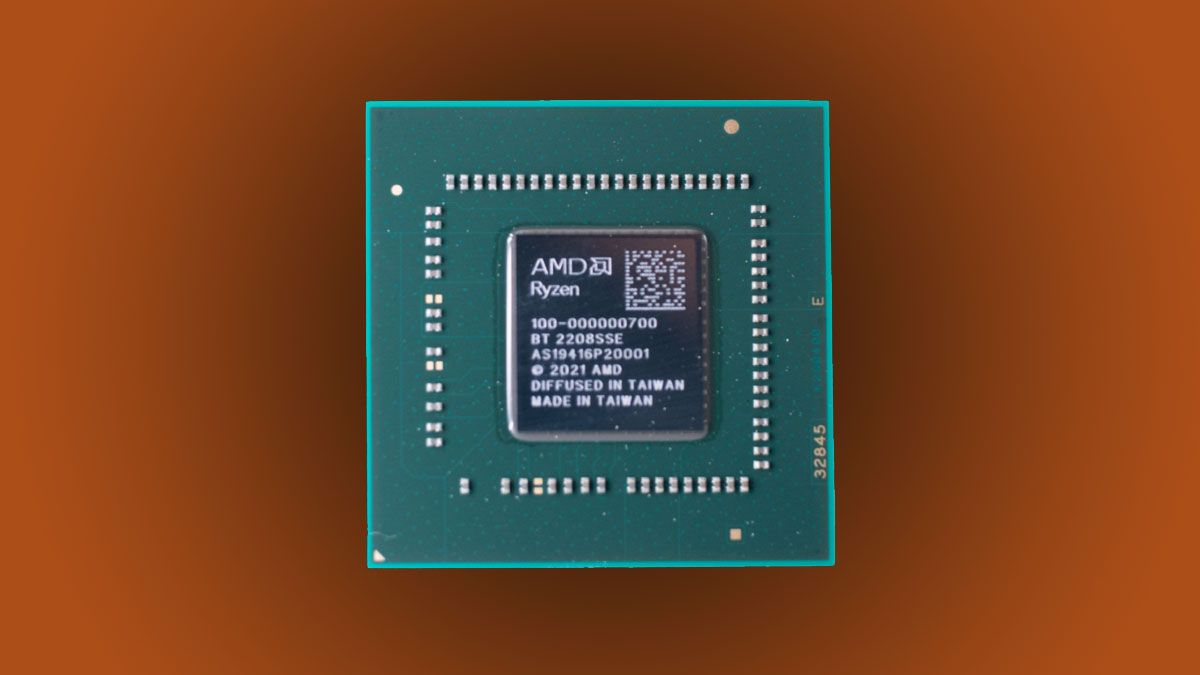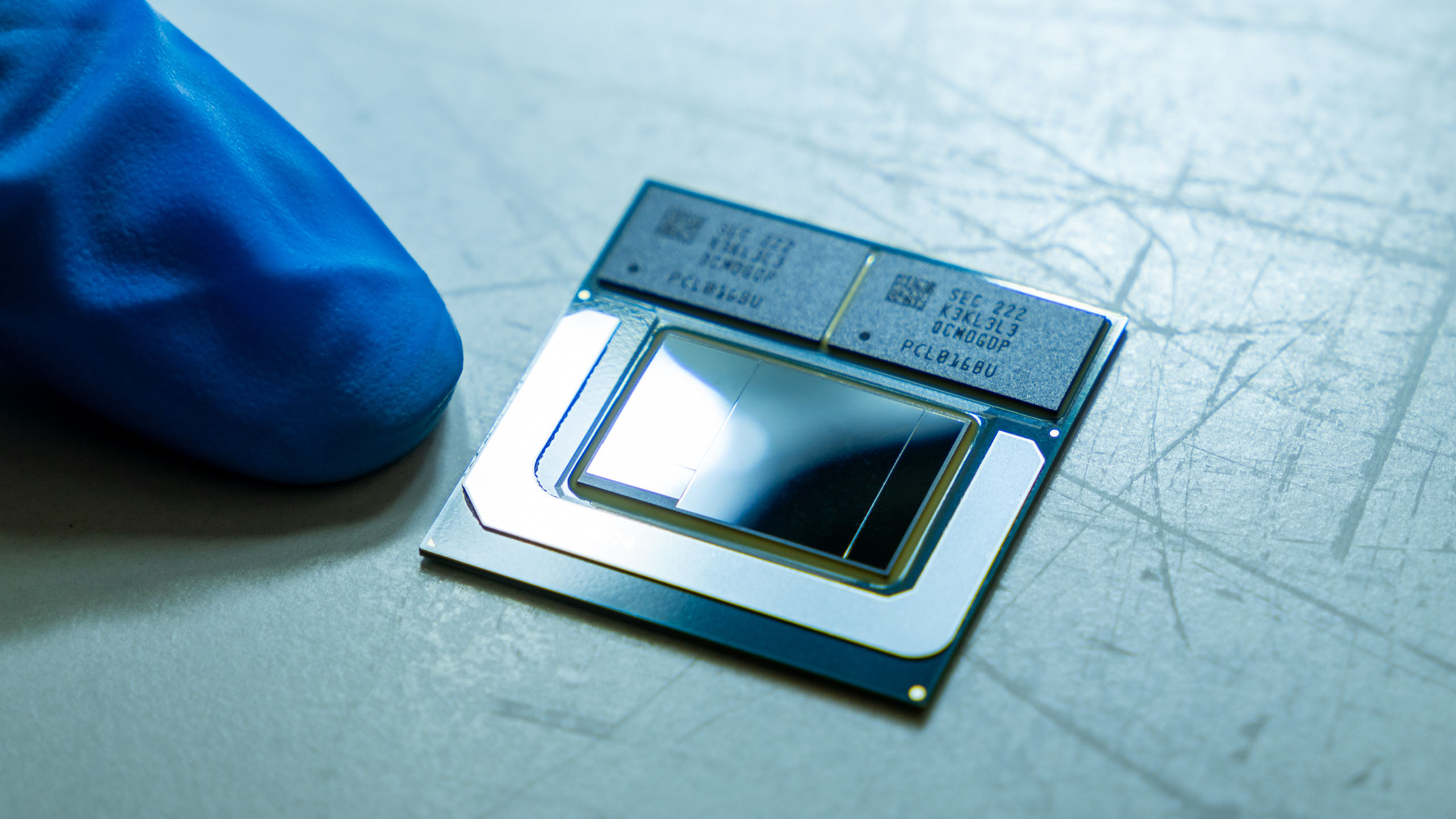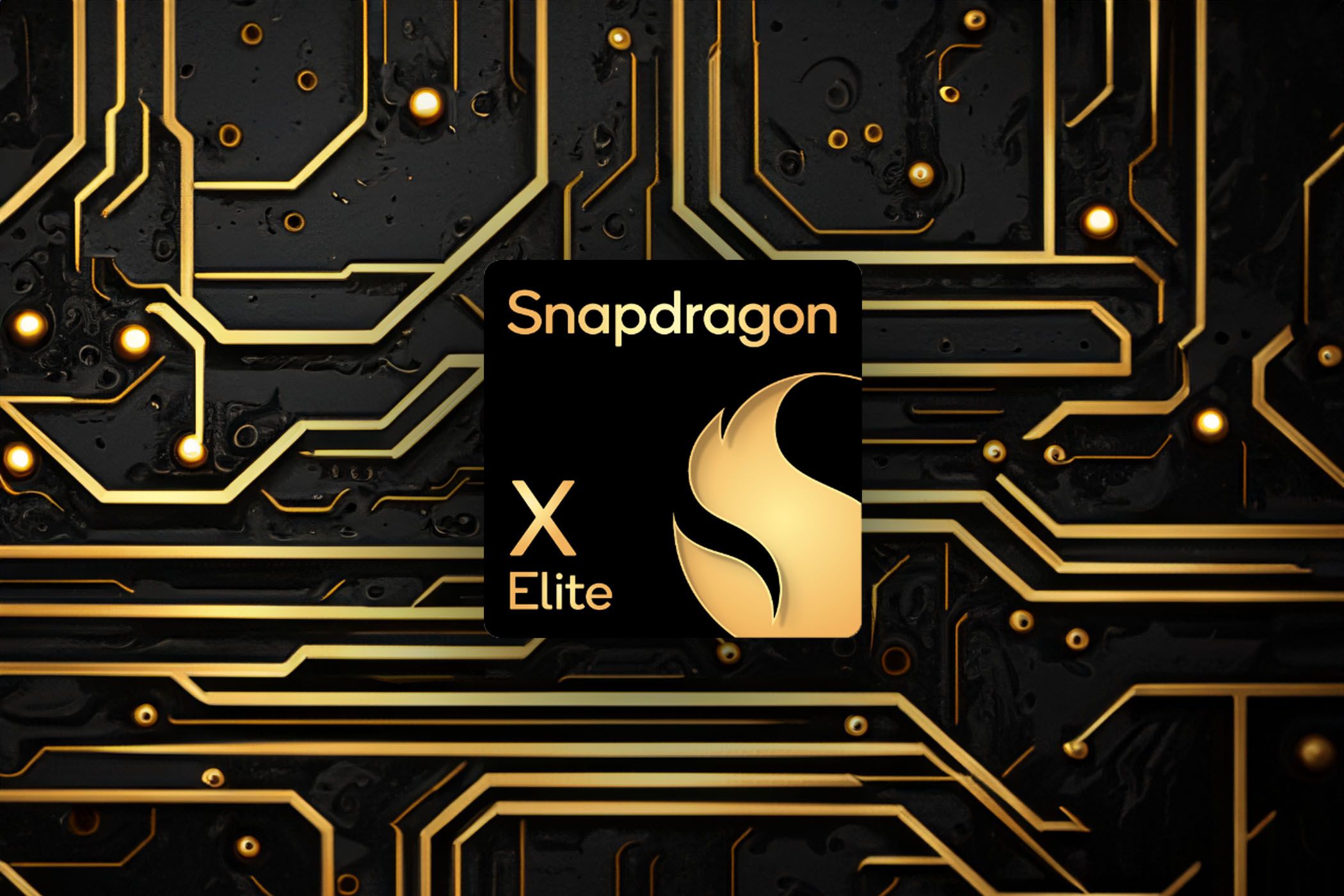Microsoft’s Recent AI Push Could Be Bad News for Handheld Gaming PCs
Y’all got any more of that AI compute performance?

Key Takeaways
- AMD APUs could offer higher memory bandwidth but sacrifice memory cache thanks to requirements for AI performance laid about by Microsoft.
- Intel plans on using on-package RAM for future CPUs to reduce latency and potentially benefit handheld chips.
- ARM chips like the Snapdragon X Elite could power future handheld gaming PCs with promising efficiency.
Microsoft is all in on AI after a recent push for “AI PCs,” is a joint venture with Intel, AMD, and Qualcomm. One of the specs for the upcoming “AI PCs” lists Neural Processing Unit (NPU) performance of at least 45 TOPS. This could be bad news for Steam Deck and the gang. Here’s why.
A Focus on AI Tech Means Less Cache and Lower Gaming Performance
By far the most popular chips powering the current generation of handheld gaming PCs are AMD’s APUs, which combine a powerful mobile CPU with a potent integratedGPU, allowing these handheld devices to run the latest and greatest games.
The catch here is that every APU out there has to use a portion of system memory since it doesn’t have its own RAM. This is a massive bottleneck that prevents APUs from achieving the same performance as the kind of GPUs you’d find in a standard PC which are equipped with their own memory.
The result is that even the most powerful APUs out there, such as the Z1 Extreme found in the ASUS ROG Ally, have a sizably lower memory bandwidth compared to modern discrete GPUs, even the bottom-of-the-barrel models such as the AMD Radeon RX 6400. As an example, the maximum memory bandwidth of the ROG Ally is 51.20GB/s, while the RX 6400 has a maximum bandwidth of 128.0GB/s.

One of the solutions here is to equip future APUs with larger amounts of cache memory, allowing both the CPU and GPU to use this local, on-die memory instead of the system memory. This should satisfy the thirst for memory bandwidth and noticeably improve gaming performance.
Both X3D CPUs from AMD and recent graphics cards from NVIDIA and AMD use a large cache, resulting in great benefits to gaming performance. Even on graphics cards, lots of lighting-fast cache memory can result in improved performance despite the GPU having access to speedy memory located on the graphics card’s PCB.
AMD had planned just that for their next-gen “Strix Point” and “Strix Halo” APUs, which would have resulted in substantial improvements in both CPU and GPU performance, giving the new APUs a huge leap in performance compared to the older models and other similar APUs such as the Ryzen 7 7840U and Ryzen 7 8840U. This would be great for handheld PCs in terms of raw performance.
But the aforementioned AI push from Microsoft and the gang has resulted in AMD tweaking the design of “Strix Point” APUs, reserving a massive chunk of the die space for NPUs that can offer the 45 TOPS performance required by Microsoft, and the victim was the larger cache. In other words, the massive improvement in gaming performance of the next-gen chips has been thwarted by AMD in favor of a larger NPU that can match Microsoft’s AI PC specs.
This is bad news for future handheld gaming PCs because they might not bring as big of a performance improvement over the current lineup as previously believed. There’s also Intel, which recently re-entered the handheld PC space with the MSI Claw, but you only have to watch the first two minutes of Gamer’s Nexus’ recent recap of Intel’s Vision 2024 event to see that they, too, are all-in on AI. In other words, don’t expect Intel to become the handheld gaming PC savior.
It’s not all doom and gloom, though. Even with the cut cache, AMD’s new APUs should offer significantly higher memory bandwidth. Not because AMD cares about handheld gaming PCs, but because AI workloads need a ton of memory throughput.
If you check out the table showing the new AMD APU lineup, courtesy of Videocardz, you can see that the “Strix Halo (LP)”—LP most likely means low power—is coming with a 128-bit memory bus. The older Z1 Extreme only has a 64-bit bus.
This translates to a maximum memory bandwidth of 128GB/s, more than double that of the Z1 Extreme. Combined with other specs, the “Strix Halo (LP)” should offer gaming performance on par with NVIDIA’s RTX 3050. This is solid, but the gaming performance would’ve been even better with the intact cache.
While a wider memory bus on next-gen AMD APUs is good news, Intel is cooking something even better, something that could completely solve memory bandwidth issues for future handheld PCs.
On-Package RAM Could Be a Silver Lining for Handheld Chips
Aside from low bandwidth, APUs also have to deal with high latency since the system memory isn’t placed right next to the iGPU but is instead either soldered to the PCB or slotted into SO-DIMM slots.
One of the solutions that can reduce latency is placing RAM right next to the APU die or on the die itself, similar to what Apple did with their M system-on-a-chip (SoC) family. And by the looks of it, Intel is planning to equip its Lunar Lake mobile CPUs, slated to arrive sometime in 2024, with on-package RAM which should solve the high latency issue.

That said, we don’t yet have any info regarding the memory bandwidth of this on-package RAM solution, but I’m confident it will be pretty high because, like AMD, Intel wants to do this to improve the AI performance of its chips. Once again, an AI-focused improvement could indirectly benefit future gaming handhelds.
Even though NPUs and AI performance are currently all the rage at AMD and Intel, the silver lining here is that both iGPUs and AI-related tasks greatly benefit from increased memory bandwidth. While Microsoft’s AI push looked like pretty bad news for future handhelds at first glance, it could turn out to be a pretty solid boon in the end.
What About ARM Solutions Like the Snapdragon X Elite?
ARM-based chips and Windows on ARM have been gaining more and more traction in the recent couple of years.
The Snapdragon X Elite and Microsoft’s renewed interest in Windows on ARM is the talk of the town in many tech circles. The Snapdragon X Elite shows great promise concerning performance and power efficiency when compared to the current Intel mobile solutions, and Microsoft is trying to one-up Apple by improving Windows on ARM and is working with partners to launch several ARM-based laptops later this year.
The thing that’s interesting to me is Qualcomm’s focus on gaming, with the company claiming at this year’s Game Developers Conference that many games “should just work” on devices equipped with the Snapdragon X Elite SoC. This is great news that shows Qualcomm is serious about the gaming prowess of the upcoming ARM-based Windows laptops. Qualcomm has also shown its reference design laptops running Control and Baldur’s Gate 3 at playable frame rates, another proof that they are taking this seriously.












